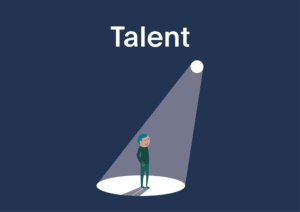The Importance of Employee Wellness Programs: Promoting Health and Happiness in the Workplace
In today’s fast-paced and demanding work environment, employee wellness has become a top priority for organizations worldwide. As companies recognize the profound impact that employee well-being has on productivity, engagement, and overall business success, the implementation of employee wellness programs has gained significant traction. In this blog post, we will explore the importance of employee wellness programs and how they contribute to creating a healthier and happier workplace.
Enhancing Physical Health: Employee wellness programs play a crucial role in promoting physical well-being. By providing access to gym memberships, fitness classes, and health screenings, these programs encourage employees to prioritize their health. Regular physical activity can reduce the risk of chronic illnesses, boost energy levels, and improve overall productivity. Wellness initiatives like on-site exercise facilities, standing desks, and ergonomic assessments can also mitigate workplace injuries and promote a healthier work environment.
Fostering Mental Well-being: In addition to physical health, employee wellness programs address mental well-being. Companies are recognizing the importance of supporting employees’ mental health to combat stress, burnout, and anxiety. Wellness programs can offer stress management workshops, mindfulness training, counseling services, and employee assistance programs (EAPs) to provide the necessary tools and resources for employees to cope with work-related and personal challenges.
A focus on mental health helps create a supportive and caring work culture. Increasing Employee Engagement and Retention: Employee wellness programs have a positive impact on engagement and retention. When employees feel that their well-being is valued by the organization, they are more likely to be engaged, motivated, and committed to their work. Wellness programs not only demonstrate a company’s investment in its employees’ health and happiness but also foster a sense of belonging and loyalty. Employees are more inclined to stay with an organization that prioritizes their well-being, reducing turnover and associated costs.
Improving Work-Life Balance: Maintaining a healthy work-life balance is crucial for employee satisfaction and overall well-being. Employee wellness programs can support work-life balance by offering flexible work arrangements, remote work options, and family-friendly policies. These initiatives empower employees to manage their personal and professional commitments effectively, reducing stress levels and increasing job satisfaction.
A healthy work-life balance leads to improved mental health, higher productivity, and better employee morale. Boosting Productivity and Performance: Investing in employee wellness pays off in terms of productivity and performance. When employees feel physically and mentally well, they are more likely to be focused, creative, and productive in their roles. Wellness programs that encourage healthy habits, such as proper nutrition and exercise, can improve cognitive function and concentration, leading to higher work output and better decision-making.
By prioritizing wellness, organizations can create an environment conducive to high performance. Conclusion: Employee wellness programs are no longer just a trend but a necessity in today’s competitive business landscape. By focusing on physical and mental well-being, organizations can create healthier, happier, and more engaged employees.
The benefits of employee wellness programs extend beyond individual employees, positively impacting organizational culture, productivity, and retention rates. By investing in the well-being of their employees, companies demonstrate their commitment to building a sustainable and thriving workforce, leading to long-term success.




































